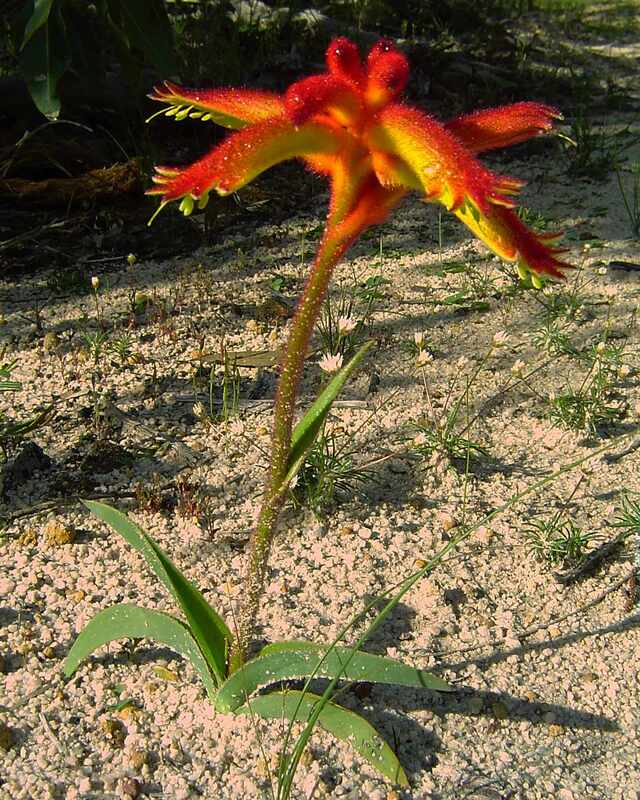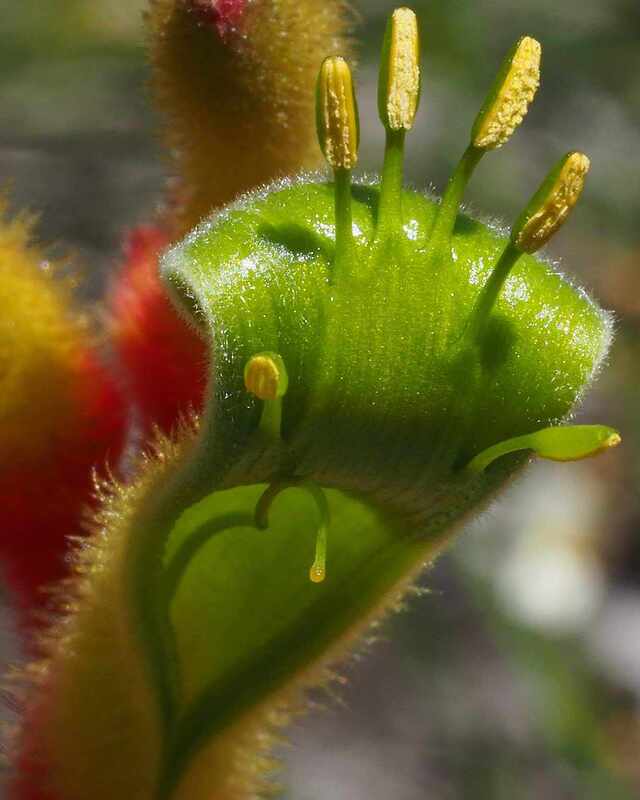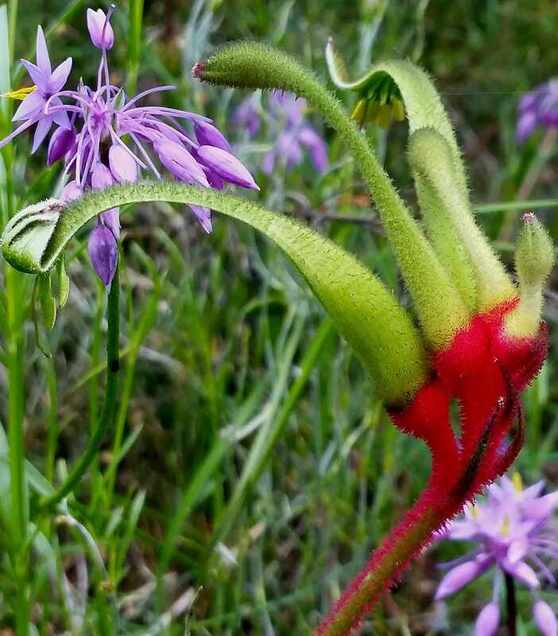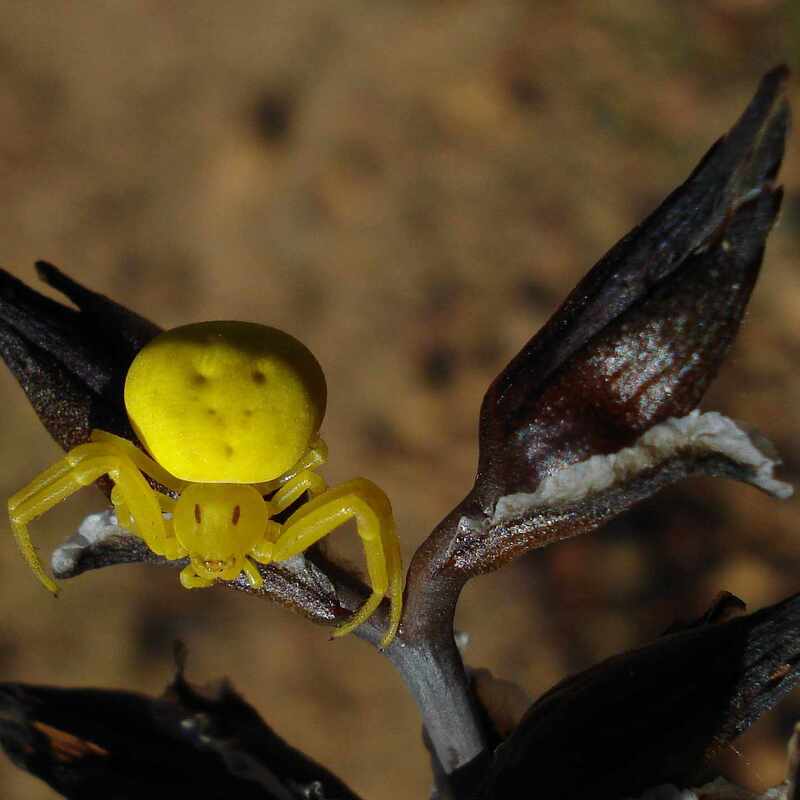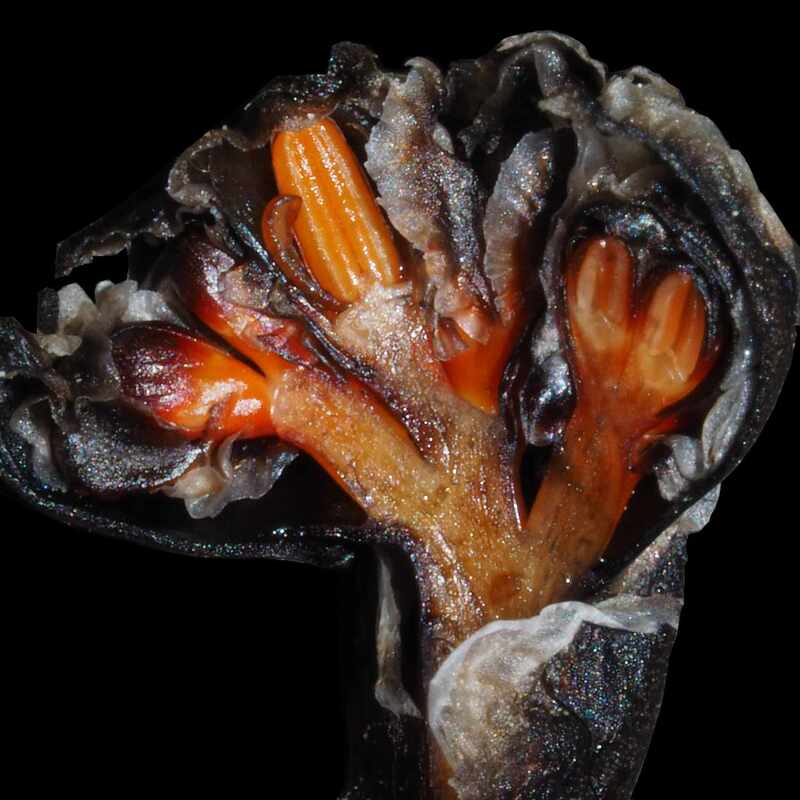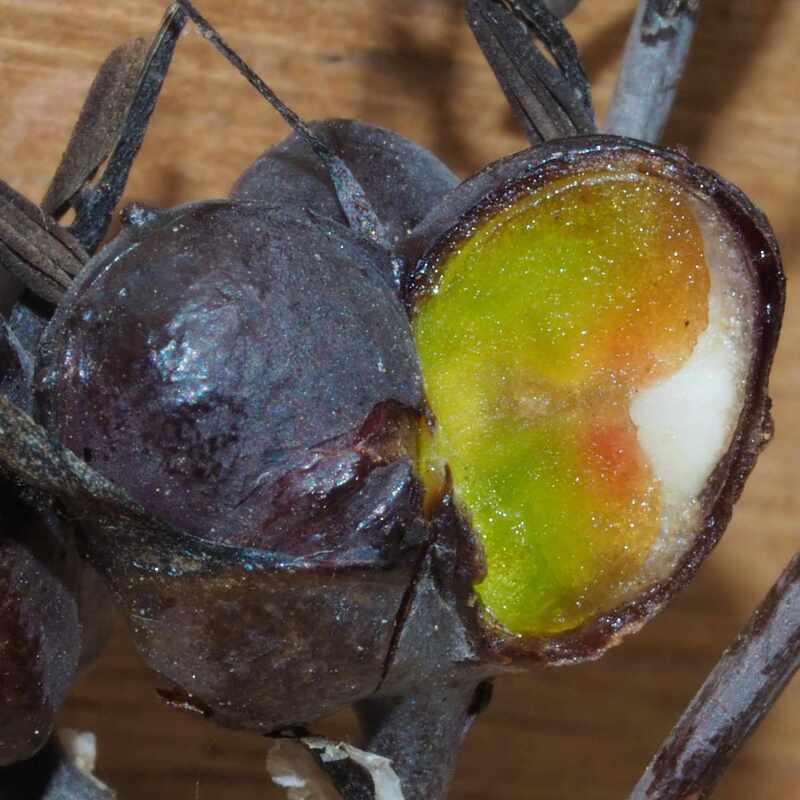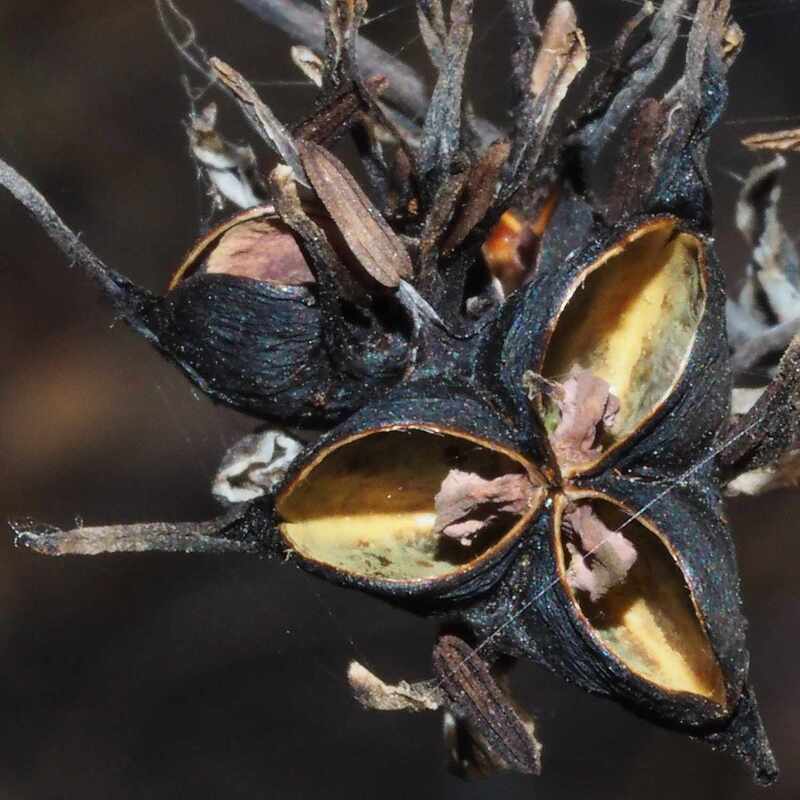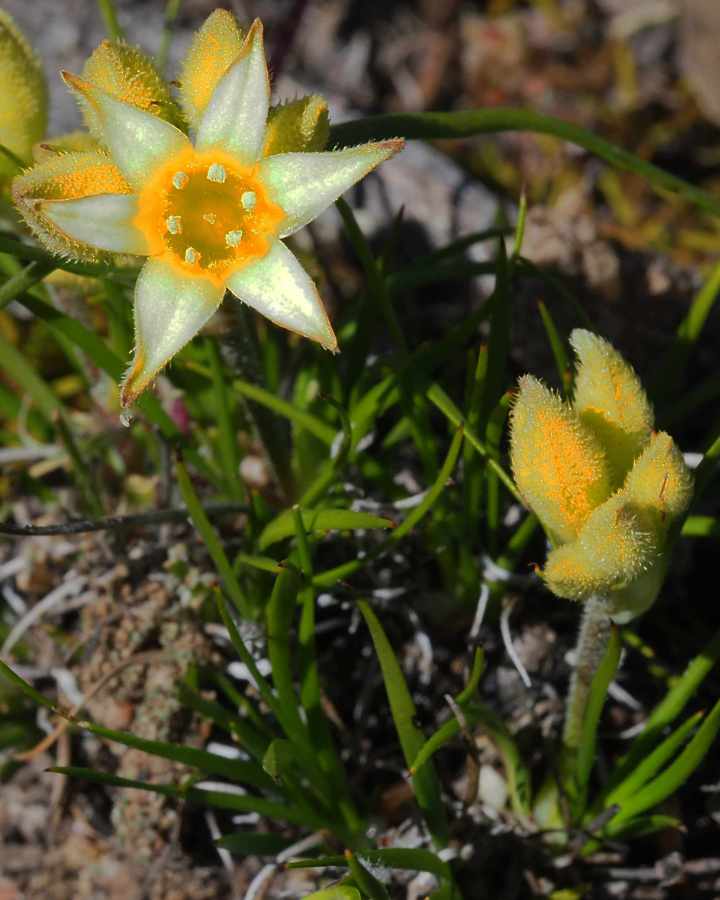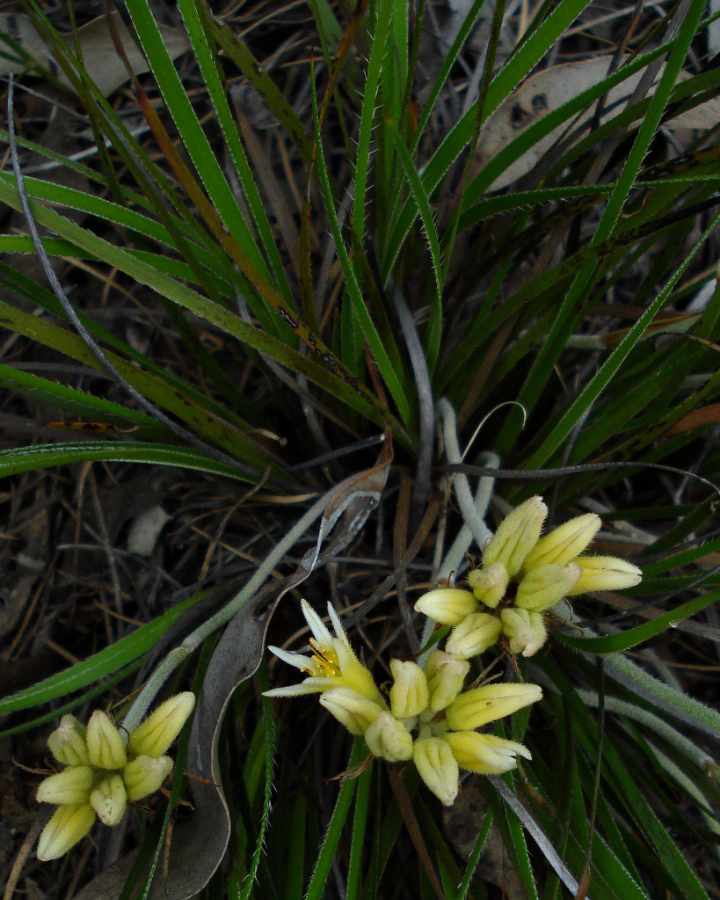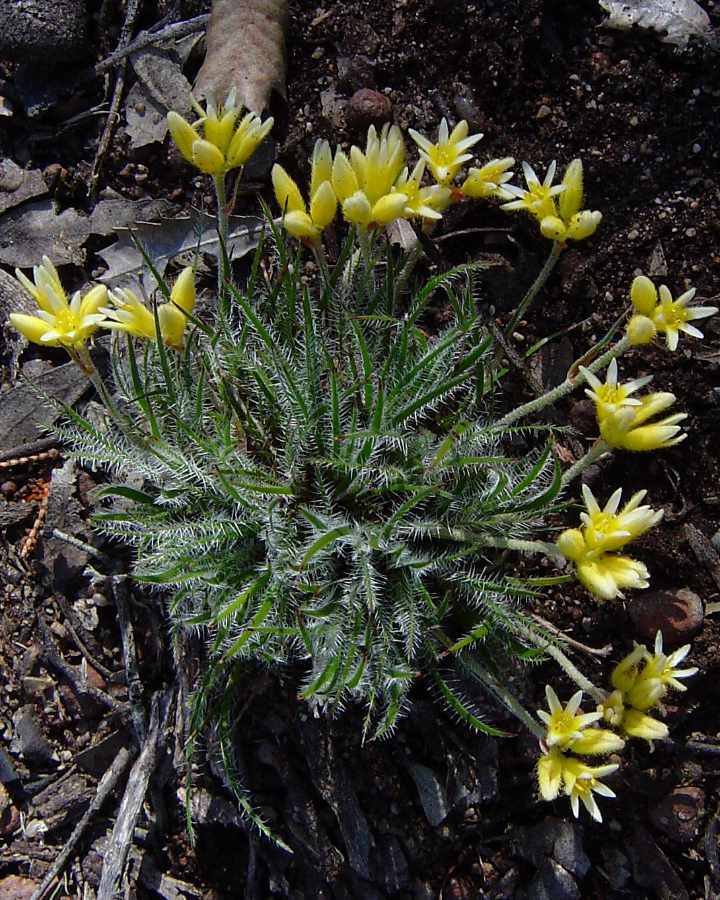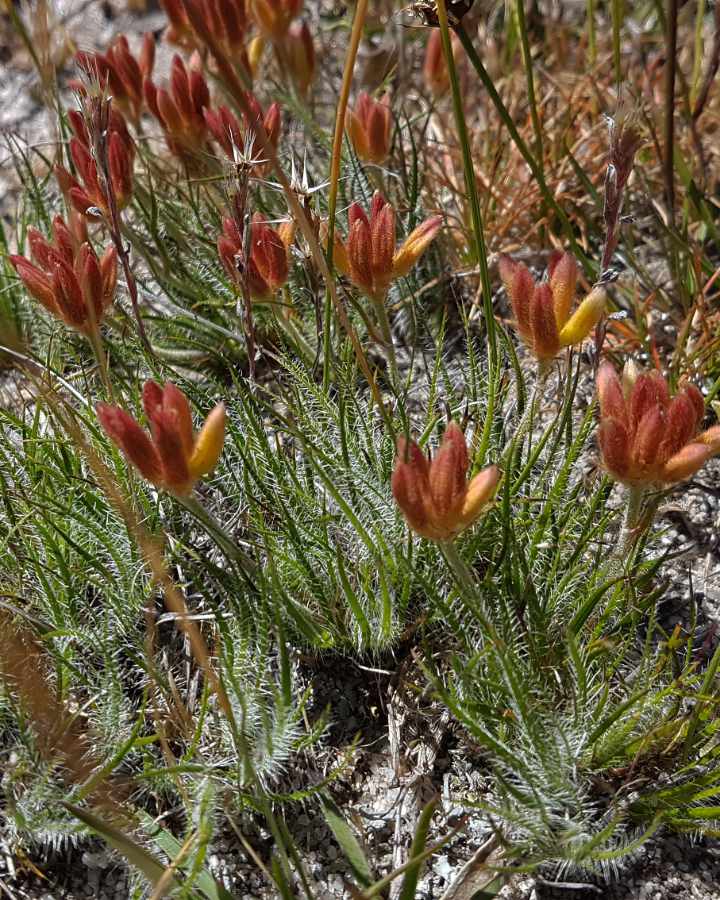I have been into bloodroots (Haemodorum species) this year, which are some of the most cryptic, unattractive, and unassuming bush plants. They are widespread on sands and gravels, but rarely noticed by most humans
Haemodorum is one of a motley group of genera in the Haemodoraceae (bloodroot) family. Other local genera include Anigozanthus (cats paw, kangaroo paws), Conostylis (cone flowers), Haemodorum, and Tribonanthes.
Not all members of this family have red sap, but common features include
- All are monocotyledons (flowering parts are multiples of 3 (dicotyledons have 5), with 6 tepals and stamens
- They are clumping plants with kangaroo paw type linear leaves on each side of a stem
- Leathery flowers ( Haemodorum are shiny, others are suede
- Long sand binding roots from bulbs (Haemodorum), or rhizomes (Anigozanthus, Conostylis)
Suede texture flowers are fused into a tube which is split on one side, with anthers near the opening. This design suits pollination by honey eaters. Plants spread via underground rhizomes.
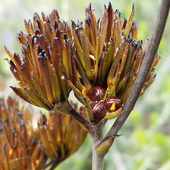 Haemodorum simplex
Haemodorum simplex 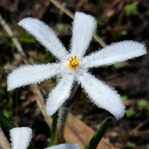
Tribonanthes species are for some unknown reason named diurndins!. Local Tribonanthes longipetala -Branching diurndin is a low herb with a leathery star shaped flower, which I have found on wet granite country at Dryandra Highbury Telstra spot and Borgey Block.
The Noongar name is Djooback. It reproduces from kidney shaped tubers, which are roasted in ashes and eaten as bush tucker.
